
Halvard Helle
Partner
Oslo
Newsletter
by Halvard Helle
Published:
The fronts were hardened during the intense confrontation over the right of quotation in Borgarting Court of Appeal before the summer. On one side were two journalism students, supported by the Norwegian Union of Journalists. On the other side was the online newspaper Bodø Nu, supported by the Association of Norwegian Editors.
This article was first published on Medier24; https://www.m24.no/bodo-nu-debatt-halvard-helle/et-godt-sitat/744310
The bone of contention was the podcast "Fengselspodden" (the prison pod). The question was whether the newspaper had the right to quote from an interview the students had conducted with an inmate – "Mads" – in Nordland Prison.
It is astounding in itself that the press face each other in the court system, over an issue where there should be broad consensus on how far the media can go in quoting from the productions of other media outlets.
The verdict from Borgarting Court of Appeal, which is not yet final and enforceable, does not offer any sensational clarification.
It soberly reviews the legal conditions for quoting from the works of others under Section 29 of the Copyright Act. The Court concluded by finding for Bodø Nu. The newspaper was not held liable and was awarded a total of NOK 500,000 in legal costs.
So, what lessons can the Norwegian media take away from this verdict?
The wording of Section 29 of the Copyright Act is brief and simple:
"It is permissible to quote from a published work in accordance with good conduct and to the extent justified by the purpose."
The Court of Appeal began by stating that the threshold to determine that copyright infringement has occurred is quite high. A certain degree of textual similarity and noticeable similarities in form and composition is not enough. The Court of Appeal places decisive emphasis on freedom of speech, expressing this as follows:
"Copyright does not protect ideas and information – only form.
The statements of the interviewee are not protected. Bodø Nu's report of what 'Mads' presumably said in the recording of the interview is not a copy of the respondents' intellectual property. Nor has the newspaper copied the entire or significant parts of the interview. The purely factual information about the fire and what 'Mads' was convicted of, the verdict, etc., are also not protected. This is information that Bodø Nu had written about multiple times before, as referenced in the article. The text may then become easily recognizable, without this in itself constituting copyright infringement. The Court of Appeal also disagrees with the respondents that it seems as if Bodø Nu conducted the interview with 'Mads' themselves."
The Court of Appeal did not take a final position on whether the podcast possessed the required level of originality, since Bodø Nu's reproduction was, in any case, within the limits of the right of quotation.
First of all, Bodø Nu had quoted in accordance with "good conduct". In this assessment, the Court placed emphasis on the requirements set forth in articles 3.7 and 4.4 of the Code of Ethics of the Norwegian Press, regarding respectively correct quotes and the principle that "it is good press conduct to reveal your source when the information is quoted from other media".
Admittedly, the newspaper properly credited the two students only after pressure from them, but this happened quickly after they made contact.
This provides yet another example that proper and prompt corrections, adjustments or apologies can have legal significance when the the original journalistic practice has shortcomings.
We also see that the question of what constitutes good press conduct can have significant importance in a legal context.
Secondly, the Court concluded that there is no absolute requirement or industry standard stipulating that there should be no more than three quotes in an article. Here the Court of Appeal relied on the testimony from VG's editor-in-chief, Gard Steiro, who placed decisive emphasis on whether what was reproduced or quoted had news value.
This is an important clarification from the Court. However, there is still reason to caution against extensive reuse. Not only could this potentially go against what is considered "good conduct", but extensive reproduction of quotes from an interviewee could also exceed what is justified by the purpose. The right of quotation must be exercised faithfully.
The Court of Appeal also considered whether the reproductions could be made under Section 36 of the Copyright Act, which permits the reproduction of a work that is part of a "current event", provided it is done in accordance with good conduct and to the extent justified by the purpose.
In this connection, too, the Court made an important clarification. The Court did not agree with the intervenor the Norwegian Union of Journalists when they argued that different and stricter limits apply to feature journalism compared to regular news journalism. Again, it was the value of the news – covering an event of public interest in the local community – that was decisive.
The verdict from the Court of Appeal reaffirms the significant principled and practical importance of the right of quotation. Both legislative preparatory works and case law emphasise that the right of quotation is crucial to the press's role as a platform for information and public exchange of opinions.
When there is still reason to ask whether Norwegian media can learn something from this spring's debate on textual similarity in academia, it is because the boundaries between conveying information and textual similarity – or, in the worst case, outright transcripts or plagiarism – can be very fine.
It is easy to understand the frustration of the two journalism students over obvious similarities between their podcast and the Bodø Nu article. They are not alone. Every week, many Norwegian media outlets go very far in using each other's material in a way that, at the very least, challenges the right of quotation.
It is important that the media do not hold themselves to less stringent standards than they do politicians struggling with their master's theses. A good and faithful quote is at its strongest when there is original journalistic effort involved. More generous crediting and greater journalistic adaptation by Bodø Nu could have prevented the case from ending up in court.
To Norwegian media, this is an important debate. For the parties involved in the case in Bodø, it would probably have been better if the clarification had come through an open debate directly between them, rather than after two rounds in the court system.

Partner
Oslo

Partner
Oslo

Partner
Oslo
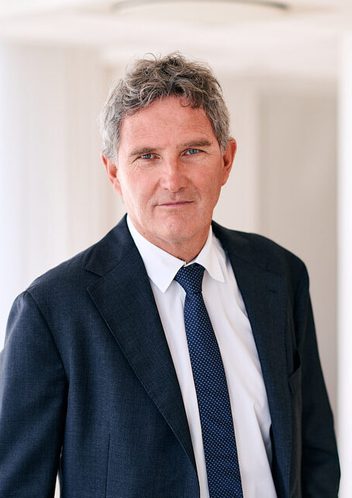
Partner
Oslo

Partner
Oslo

Partner
Oslo
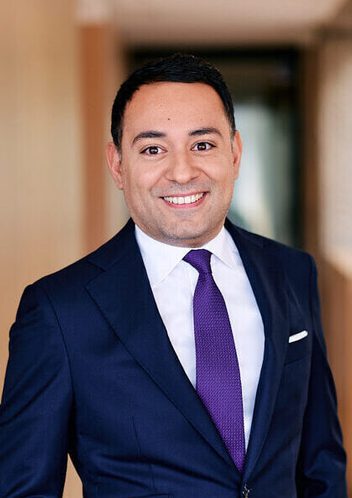
Partner
Stockholm
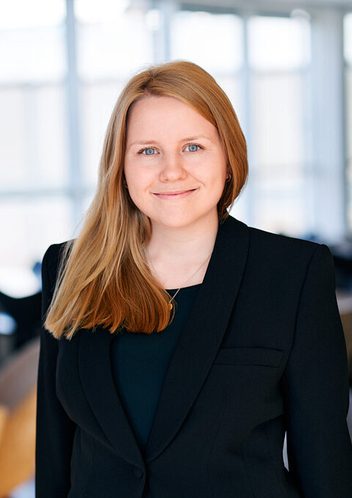
Senior Associate
Oslo

Senior Associate
Oslo

Associate
Stavanger

Senior Lawyer
Oslo
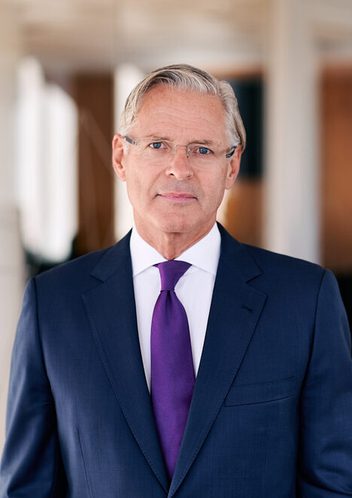
Partner
Oslo

Partner
Oslo
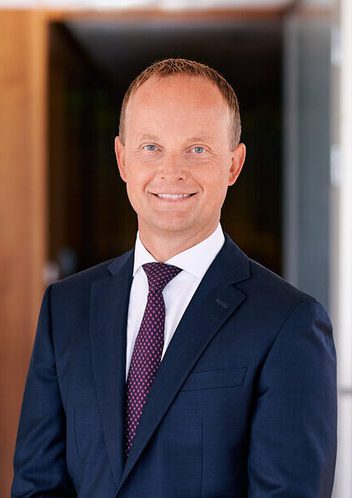
Partner
Oslo
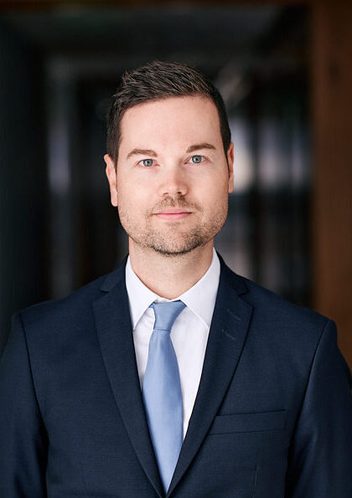
Partner
Oslo

Partner
Oslo
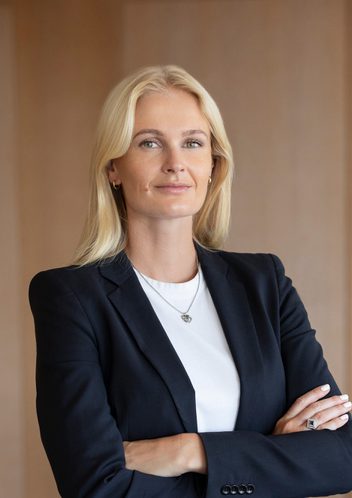
Senior Lawyer
Stockholm

Associate
Stockholm

Associate
Stockholm
